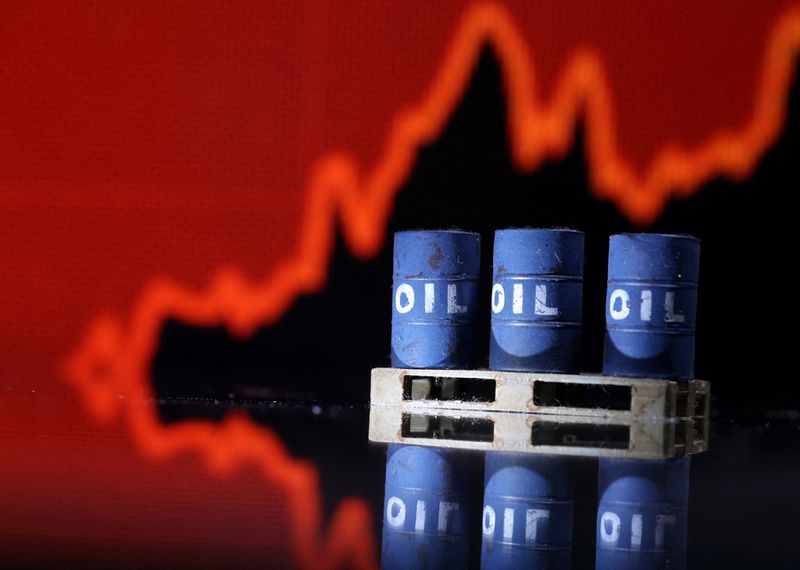In the electric haze of Tuesday evening, U.S. crude oil futures tiptoed downwards, a subtle retreat that echoed a dissonant tune played by the American Petroleum Institute. The report was a perplexing medley of expectations unmet and surprises unleashed. On one hand, the anticipated surge in crude stocks was but a whisper, far below the thunderous predictions, while gasoline stocks roared to life, swelling beyond anyone’s wildest imaginations.
Let’s paint the scene: West Texas Intermediate (WTI) crude—the pulse of U.S. oil—was trading at a taut $73.03 a barrel post-settlement, having inched up earlier by a modest 0.36% to settle at $73.20. But the heart of the matter lies in the numbers. U.S. crude inventories eked out a mere 180,000-barrel increase for the week ending August 2, a feeble breath against the bated expectation of an 850,000-barrel rise. Compare this to the prior week’s dramatic 4.5 million-barrel draw, and you begin to sense the disarray lurking beneath the surface.
Meanwhile, gasoline stockpiles, those crucial reserves of road-bound energy, swelled with an unsettling fervor, jumping by a staggering 3.31 million barrels. As if that weren’t enough, distillate inventories—the lifeblood of diesel and heating oil—followed suit with a 1.22 million-barrel rise. And so, as the summer driving season wanes and refiners prepare to wind down operations for autumnal maintenance, the unexpected build in these inventories casts a long, uncertain shadow over the market.
But that’s not the end of the tale. There’s a tremor beneath the prices, a geopolitical undertow that has traders on edge. Tuesday’s session saw oil prices notch higher, spurred by whispers of potential supply disruptions. The markets are on high alert, bracing for what might come next as tensions between Iran and Israel simmer dangerously. The recent killing of a Hamas leader in Tehran has set the stage for possible Iranian retaliation, a scenario that could rattle the fragile balance of global oil supply.
All eyes now turn to Wednesday, 10:30 a.m. EST (1530 GMT), when the official government inventory report will either confirm or confound the API’s findings. Until then, the market teeters on a knife’s edge, caught in a whirlwind of uncertainty and anticipation, where every tick of the clock could bring a new twist to this high-stakes drama.

